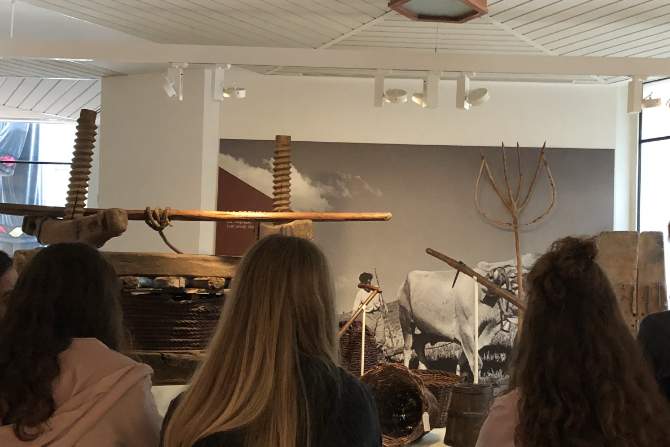The Barcelona Museu Etnològic i de Cultures del Món collections cover very diverse aspects of ways of living and their symbolic representations of a wide variety of cultures around the world. The collections are made up of material testimonies and context documentation generated during the collection campaigns that the museum has carried out.

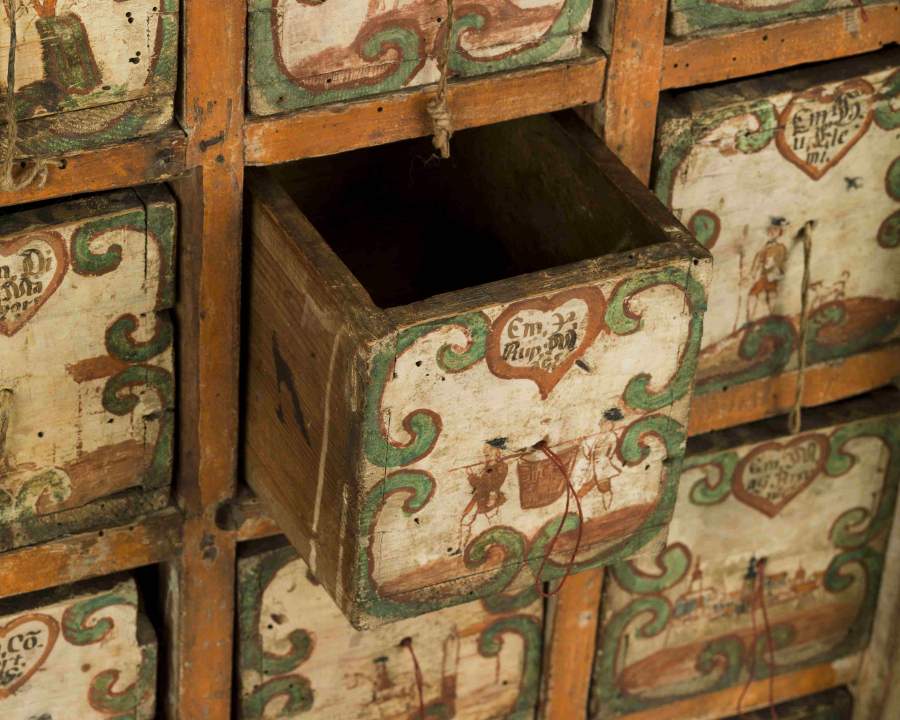
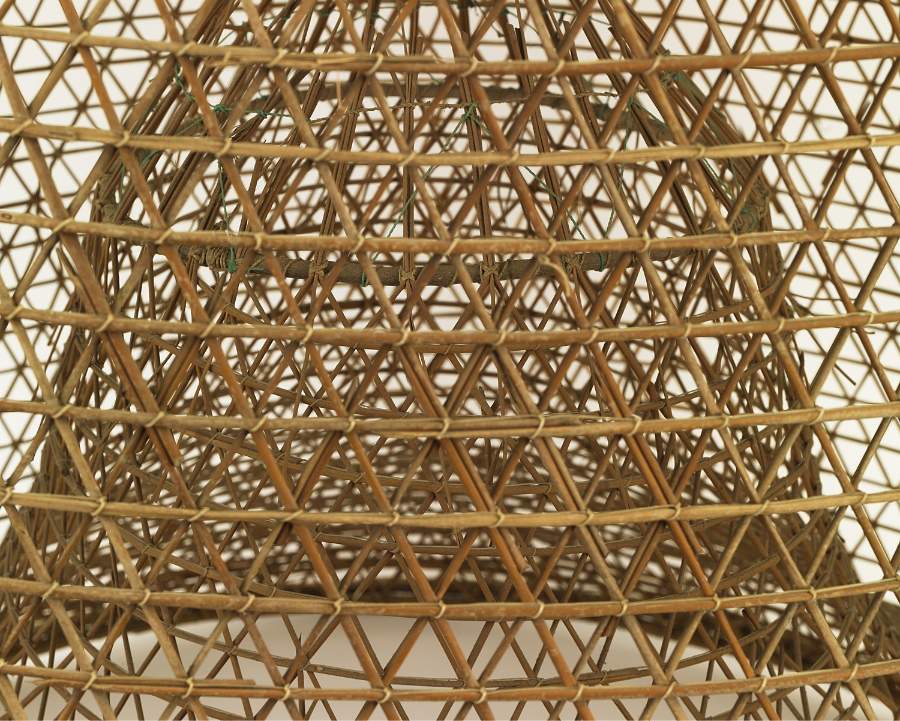

The museum's online collections make it possible to access a large number of objects, which are also regularly updated. There is also a section on highlights, in order to facilitate a quick overview of the most notable objects in the collections.
Go to online collectionsDiscover how the collections of the Museu Etnològic i de Cultures del Món were gathered.
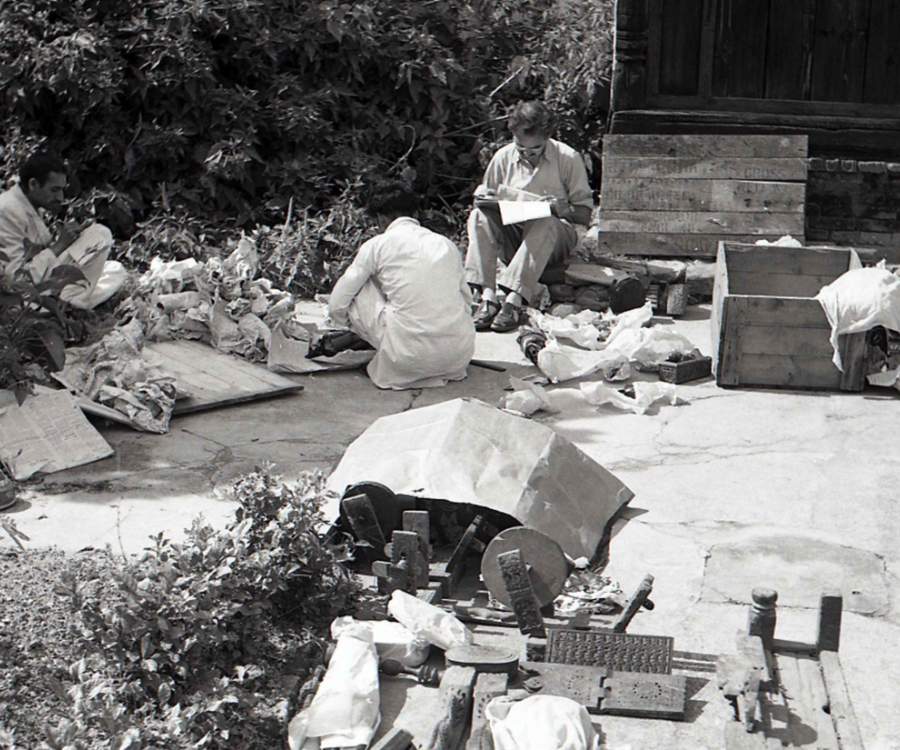
The Museu Etnològic i de Cultures del Món's collections are made up of a wide range of origins, materials and uses.
Find out about the originsSince the creation of the original museums that eventually became the Museu Etnològic i de Cultures del Món, there have been various collection campaigns and expeditions.
Find out about the campaigns and journeys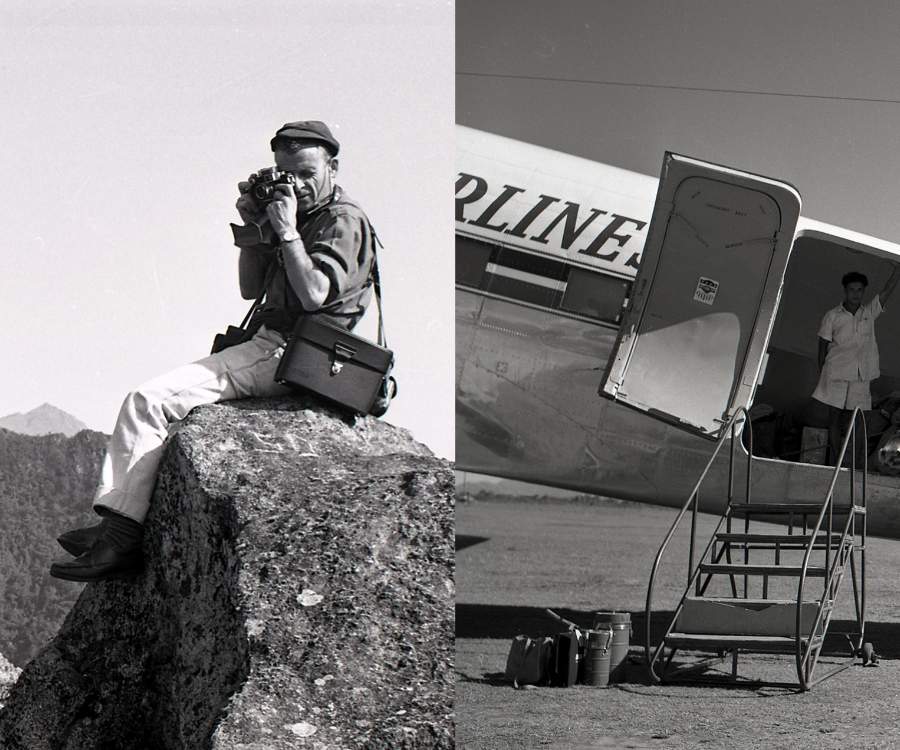
The main origin of the collections are the ethno-anthropological campaigns and expeditions carried out until the 1960s, by both museum personnel and other individuals linked to the institution, such as the sculptor Eudald Serra and the collector Albert Folch.
Meet the protagonists
Find out more about the Museu Etnològic i de Cultures del Món’s collections, with explanations from specialists.
Discover the specialised articles
One of the museum's main functions is the preservation of its collections. We take particular care of keeping the collections in ideal conditions, both in the permanent collection's stores and in the exhibition halls. The wide range of materials, and the fragility of some of them, means that their conservation can often be complex.
Discover the latest restored pieces
The museum has a collection of over 70,000 objects. At both centres, you can enjoy in comfort around 4,400 exhibits from the museum's own collection and from other institutions, as a result of regular collaborations with other international ethnology and world culture museums, as well as with private collections.
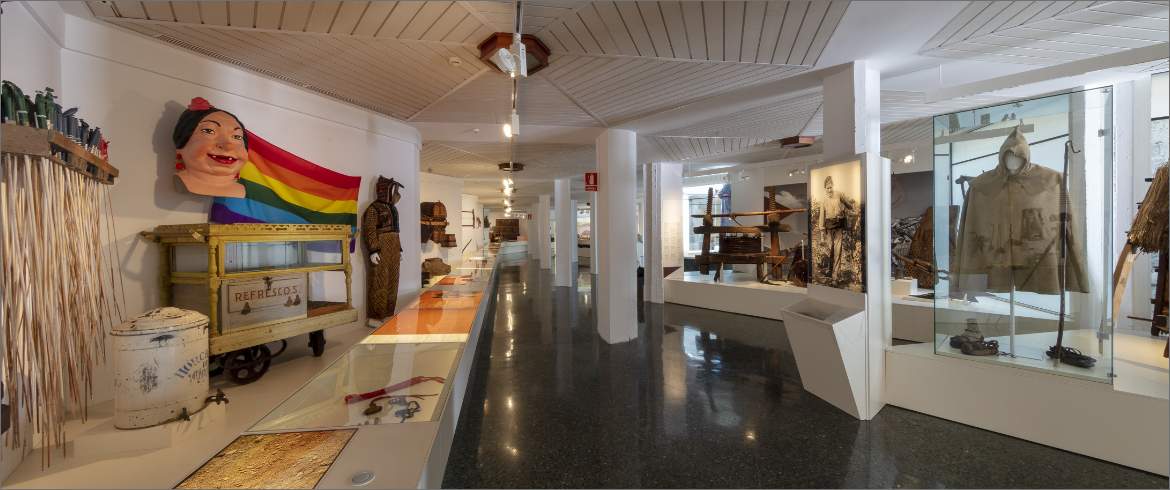
The Parc Montjuïc Venue's permanent exhibition is entitled “Feeling the Heritage” and is dedicated to explaining how an object, whatever it may be, is impregnated with the character of the community that conceived and used it.
Discover the collections of the Parc Montjuïc Venue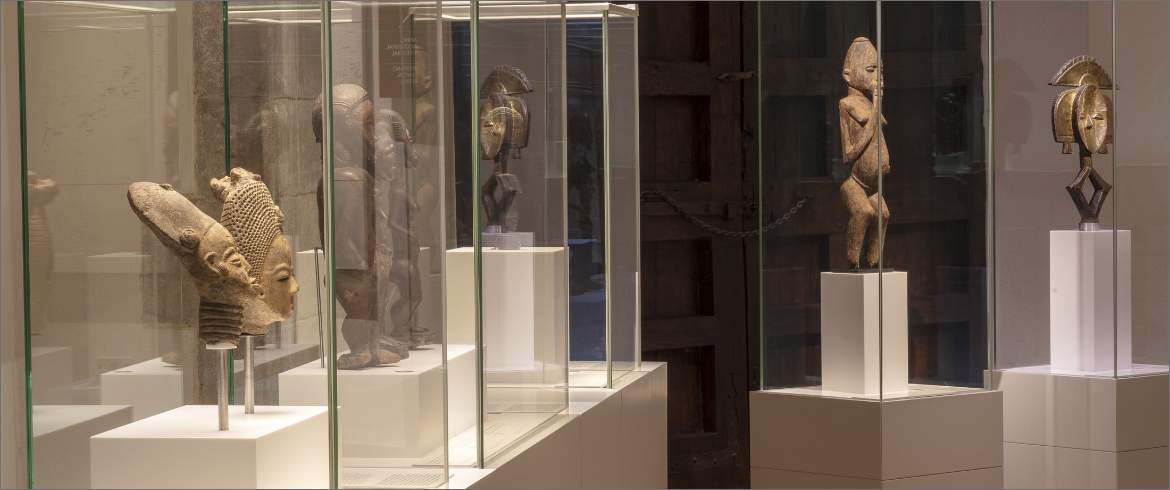
The Montcada Venue's permanent exhibition shows a selection of around 530 pieces from various cultures in Africa, Oceania, Asia and the Americas. Distributed by continent, a set of interactive and audiovisual media help visitors to situate the objects in the context in which they were created.
Discover the collections of the Montcada VenueThe visitable reserve collection is a storage space where you can enjoy a wide variety of heritage items kept by the museum. There are approximately 3,250 exhibits on display, distributed in 46 display cases by materials, subdivided by geographical origin and the conditions needed for their preventative conservation.
Further informationIn the Valdivia settlements, both on the surface and in the excavations, the dominant cultural material is high-quality ceramics, with varied form and decoration.
The small pendant crosses are worn by every Ethiopian Christian but especially by women, often as a complement to a cross-tattoo on the forehead, hand or neck.
Both the ancient ethnic religion – Shinto – and the poetry anthologies dating from the 8th century show how the Japanese people’s profound empathy towards nature has become one of the main idiosyncratic traits of their culture.
Most of the museum's collections are in storage and hidden from the view of visitors. The showcase in the Parc Montjuïc Venue's foyer is a window to the museum's reserve collection, where many objects await public exhibition.
Discover the hidden piecesThroughout the 2018-2019 and 2019-2020 school years, the MUEC has worked with 6th-year primary school pupils from the Escola Ferran Sunyer on this research project, where the school and the museum share the same educational goal: designing a cross-cutting project where the students become an active player in producing meaning and knowledge, based on the appropriation of heritage from their immediate surroundings.
